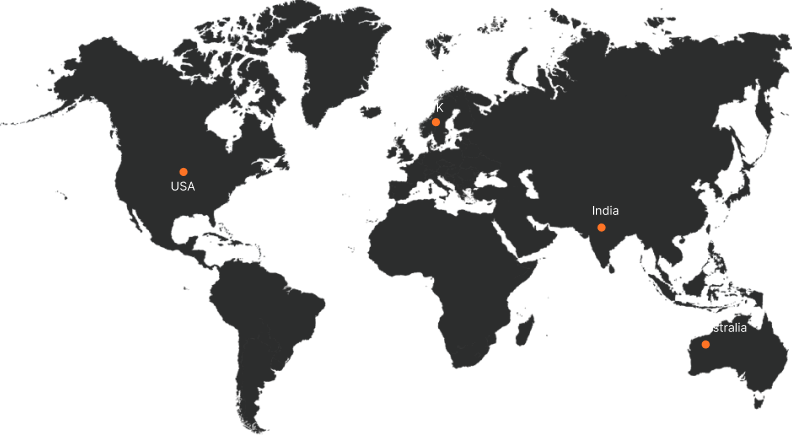Where Does the Domain Name of a Website Primarily Reside?

In the vast digital landscape, domain names are the gateway to websites, guiding users to their desired online destinations. But have you ever wondered where a website’s domain name primarily sits? Understanding the role and location of a domain name can explain the web browsing experience and shed light on the complex workings of the internet.
What is a Domain Name?
A domain name is a special web address entered into the web browsers by the users to access a specific website. Getting a domain name is one of the most critical steps in developing a website. It normally consists of two main parts: the second-level domain (SLD) and the top-level domain (TLD). For example, in “example.com,” “example” is the SLD, and “.com” is the TLD.’
Domain Name System and its role
The domain name of a website originally sits within the Domain Name System (DNS). The DNS acts as the Internet’s phonebook, translating human-readable domain names into machine-readable IP addresses. Whenever you enter a domain name into your browser, the DNS is responsible for locating the corresponding IP address, allowing your browser to connect to the desired website.
How DNS Works

- Domain Registration: The process begins with registering a domain name through a domain registrar. The Internet Corporation accredits this organization for Assigned Names and Numbers (ICANN), which manages the reservation of domain names. Once registered, the domain name is entered into a global database of domain names.
- Name Servers: Each domain name is associated with one or more name servers, specialized servers responsible for answering DNS queries. When a user types a domain name into their browser, they query these name servers to find the corresponding IP address.
DNS Query Process:
- Recursive Resolver: The query starts with a recursive resolver, often managed by the user’s internet service provider (ISP). This resolver hierarchically queries multiple DNS servers to find the correct IP address.
- Root DNS Servers: The recursive resolver first contacts a root DNS server. There are 13 root servers globally that direct the query to the appropriate TLD server (e.g., directing “.com” queries to a .com TLD server).
- TLD Servers: After receiving the query, the TLD server pivotally directs it to the appropriate authoritative name server for the specific domain, ensuring a seamless handover.
- Authoritative Name Servers: These servers hold the DNS records for the domain name, including the IP address. The resolver retrieves the IP address and sends it back to the user’s browser.
Connecting to the Website
With the help of an IP address, the browser can establish a connection with the web server hosting the website, and the user can access the desired content.
Importance of DNS Security
DNS Threats are the most common Cyber Threats today. However, when combined with appropriate security measures, DNS can become a robust layer of defence against cyber threats by allowing users to filter and monitor traffic for irregularities indicating suspicious activities such as phishing and malware attacks.
Given the critical role of DNS in navigating the internet, assuring its security is essential.
Conclusion
A website’s domain name primarily sits within the Domain Name System, acting as a bridge between human-readable and machine-readable IP addresses. Domain names enable seamless access to websites through a hierarchical query process involving various DNS servers. Understanding this process enhances our appreciation of the Internet’s complexity and underscores the importance of maintaining robust DNS security.
Understanding the operation of domain names and their role in our digital interactions empowers us. It provides insight into the fundamental mechanisms that drive our online experiences, making us more informed and competent internet users.











